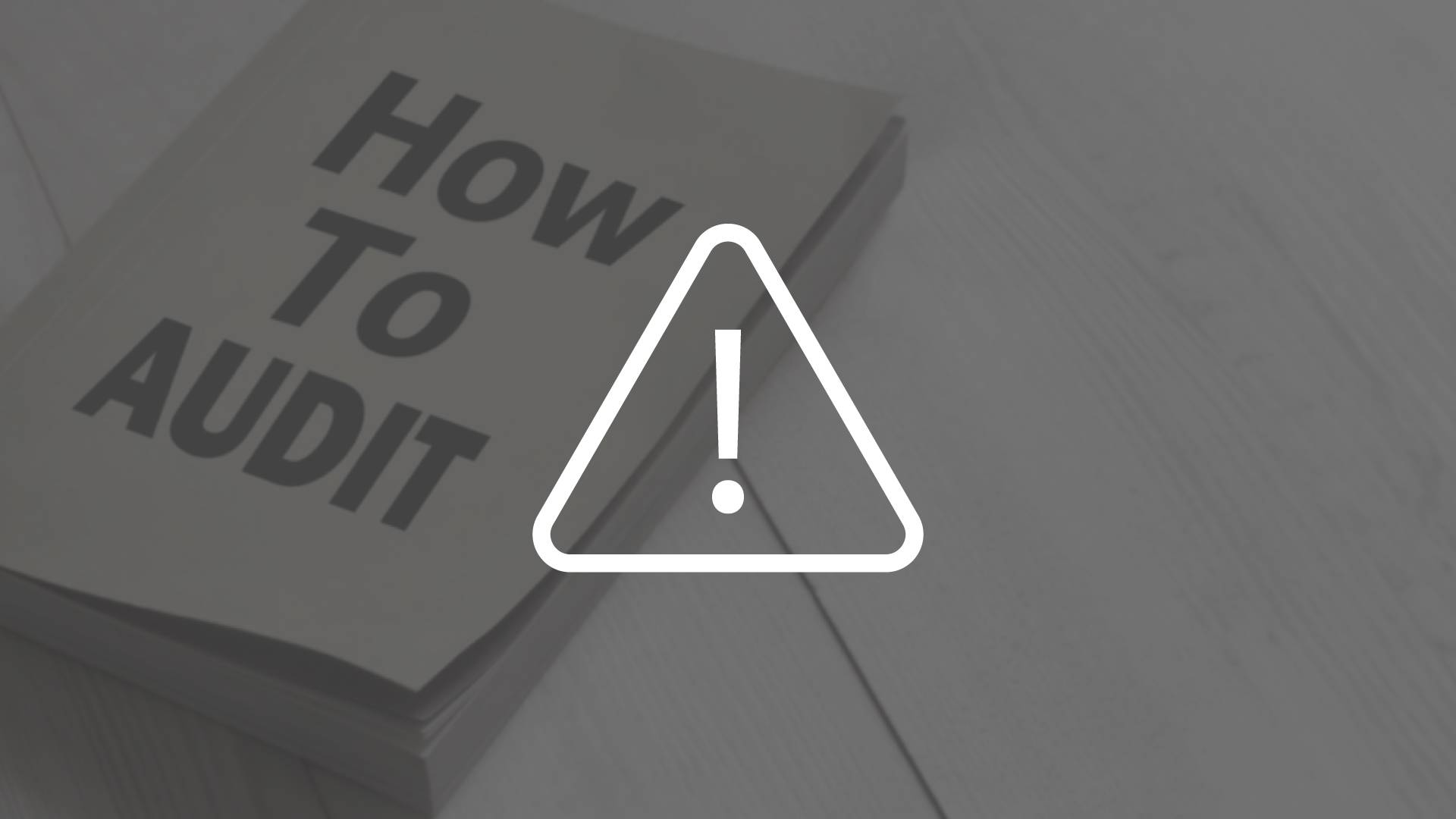Self-Study
Saving Time on Audits: A Potpourri
Use audit methods to produce high-quality engagements quickly, from planning through completion, while maximizing profitability.

$58.00 – $78.00
Webcasts are available for viewing Monday – Saturday, 8am – 8pm ET.
Without FlexCast, you must start with enough time to finish. (1 Hr/Credit)
Please fill out the form below and we will reach out as soon as possible.
CPE Credits
2 Credits: Auditing
Course Level
Basic
Format
Self-Study
Course Description
Despite time constraints, auditors are responsible for producing high-quality audits that minimize risk and maximize profits. Saving Time on Audits: A Potpourri offers numerous methods that are practical, easy to implement, and designed to save you time when performing both large and small audits. From the planning phase through the completion phase, this auditing CPE course shows how these policies and procedures work together to generate top-notch audit engagements in the least amount of time. By challenging traditional approaches to performing audits, this auditing CPE offers a potpourri of opportunities to increase audit engagement and a firm’s profitability.
Learning Objectives
Upon successful completion of this course, participants will be able to:
Part 1
- Recognize strategies to increase profits through ongoing client investigations and save time with quality control.
- Identify ways to modify practice aids.
- Recognize the importance and benefits of investing in staff training.
Part 2
- Recognize the optimum order for audit planning, noting the results of performing planning procedures out of order, planning on the run, or failing to plan.
- Identify various reporting frameworks and select an appropriate framework to maximize time savings.
- Recall ways to maximize time when reviewing prior year’s working papers.
- Cite changes that an auditor can make to gather lesser amounts of evidence while still complying with the requirements of applicable auditing standards.
- Cite engagement activities that maximize on-the-job-training, ways to maximize substantive evidence from risk assessment procedures, and the use of a planning document to guide planning activities.
- Recognize cost-beneficial audit strategies, noting the effects of inherent risk, control environment on control risk, and low-reliance tests of controls or walk-through procedures.
Part 3
- Recognize the components of key controls at the entity level and at the activity level.
- Cite the steps involved in using professional judgment to minimize the size and number of practice aids.
- Cite ways to minimize audit documentation and design cost-beneficial audit strategies.
- Identify the basic elements of a quality control system and how these elements can be applied on audit, review, and compilation engagements.
- Recall the process for modifying a standard audit program considering the nature, size, and complexity of a reporting entity.
Course Specifics
9159022
August 15, 2022
There are no prerequisites.
None
65
Compliance Information
CFP Notice: Not all courses that qualify for CFP® credit are registered by Western CPE. If a course does not have a CFP registration number in the compliance section, the continuing education will need to be individually reported with the CFP Board. For more information on the reporting process, required documentation, processing fee, etc., contact the CFP Board. CFP Professionals must take each course in it’s entirety, the CFP Board DOES NOT accept partial credits for courses.
Meet The Experts

Larry L. Perry, CPA, has been in practice for over 40 years. He writes accounting and auditing manuals and is currently an author and presenter of live staff training seminars, live webcasts, and self-study CPE programs, including self-study courses for Western CPE. He’s a managing member of CPA Firm Support Services, LLC, an organization that provides resources, training, and consulting to smaller CPA firms. Larry focuses on practical ways to perform effective and efficient accounting and auditing engagements.
Related Courses
-
 Auditing
Auditing
Computer Fraud and Abuse
Marshall Romney, CPA, PhD, CFE QAS Self-Study
Credits: 6 $174.00
QAS Self-Study
Credits: 6 $174.00$174.00 – $204.00
-
 Auditing
Auditing
How to Audit for Fraud
Steven M. Bragg, CPA QAS Self-Study
Credits: 3 $87.00
QAS Self-Study
Credits: 3 $87.00$87.00 – $107.00
-
 Auditing
Auditing
Fraud Prevention, Detection, and Audit
Marshall Romney, CPA, PhD, CFE QAS Self-Study
Credits: 9 $261.00
QAS Self-Study
Credits: 9 $261.00$261.00 – $291.00
